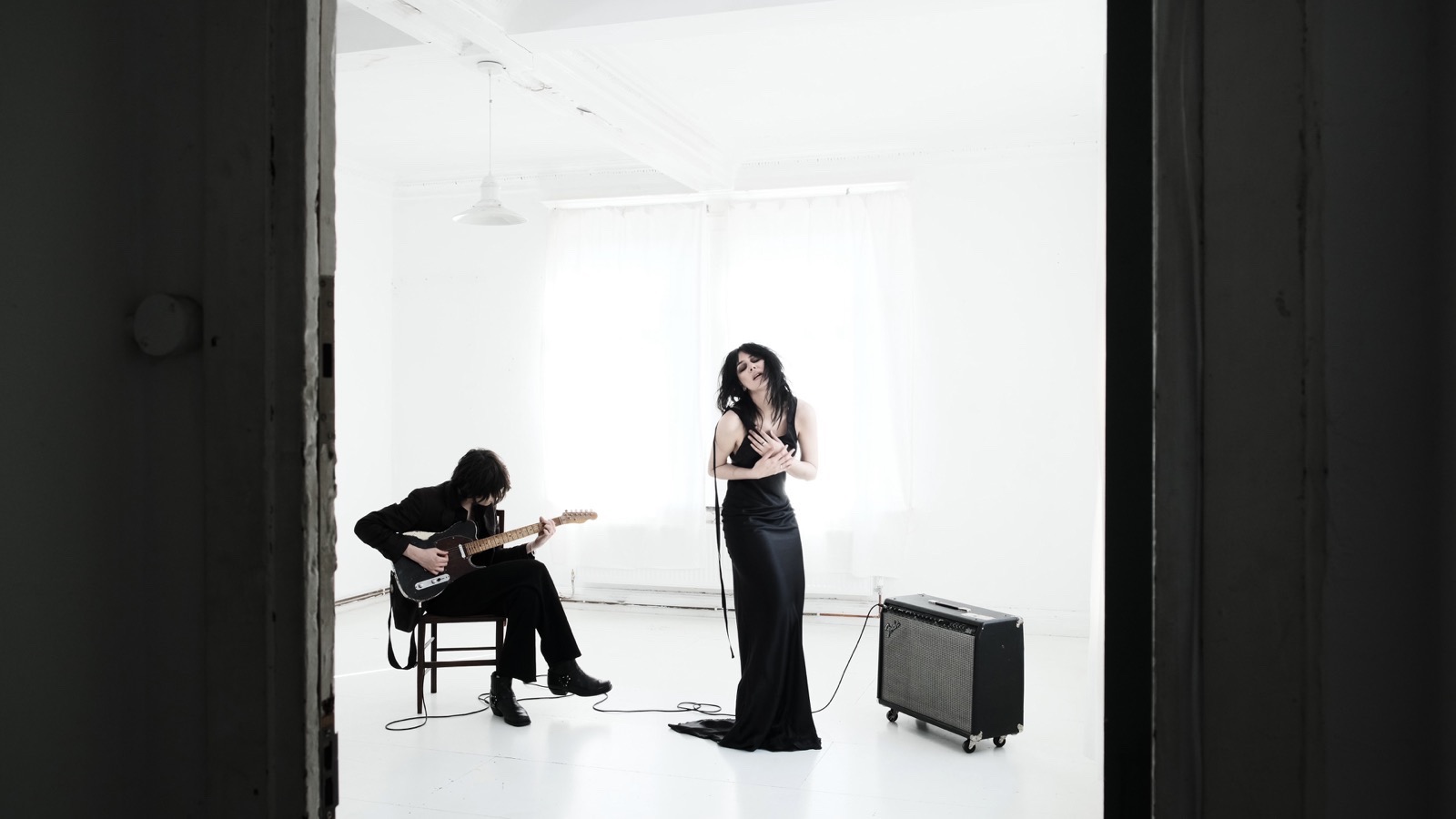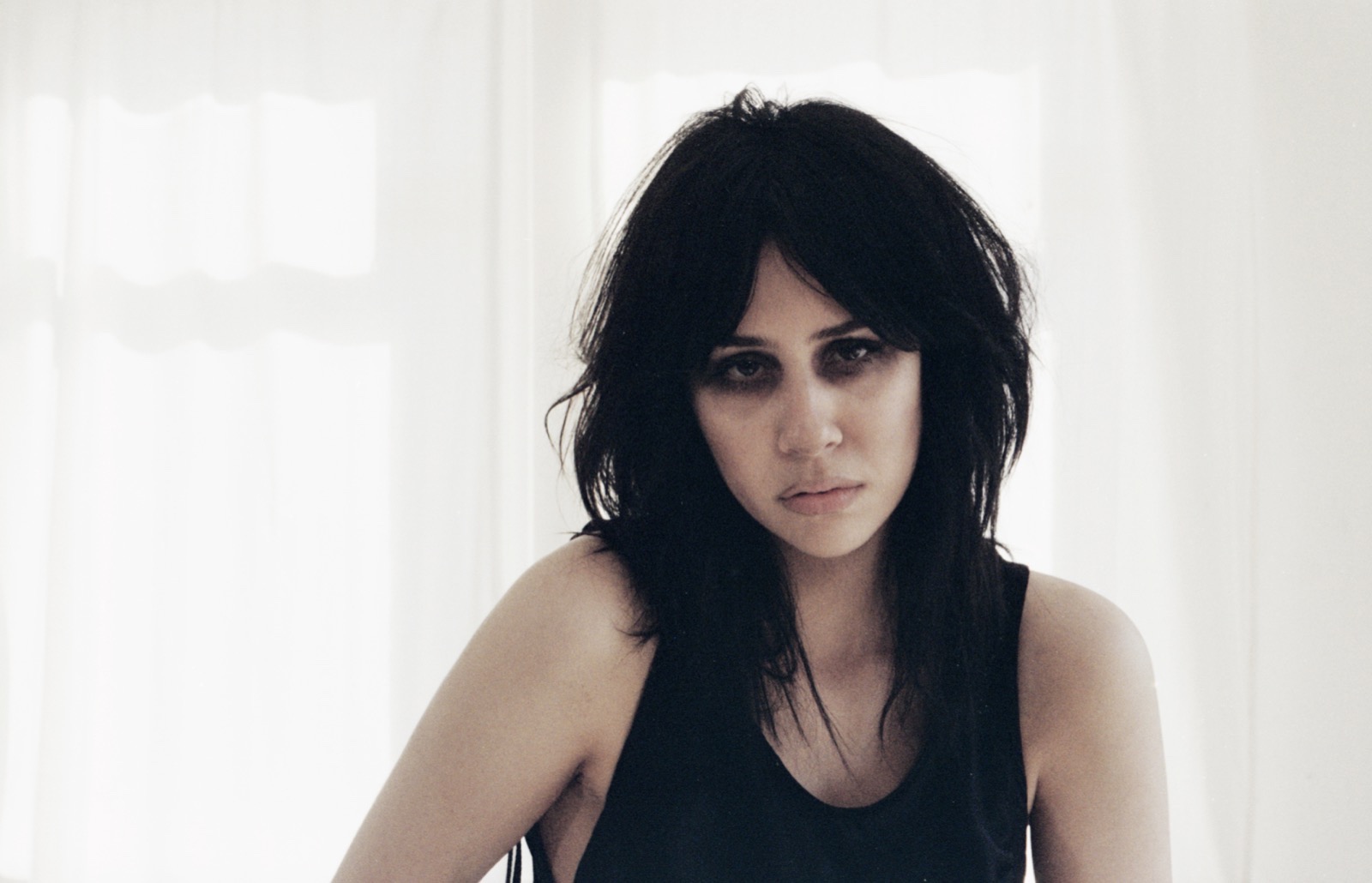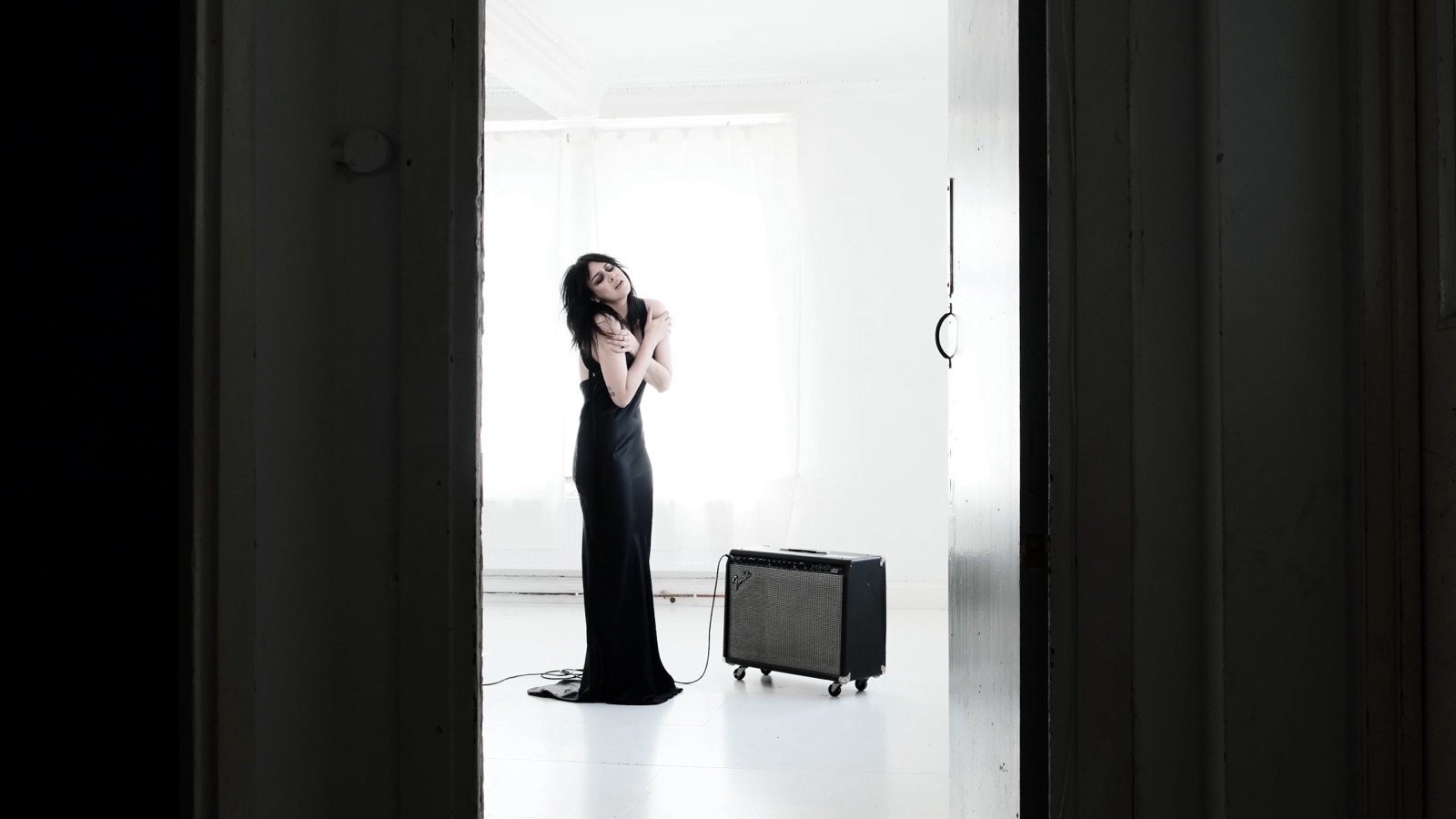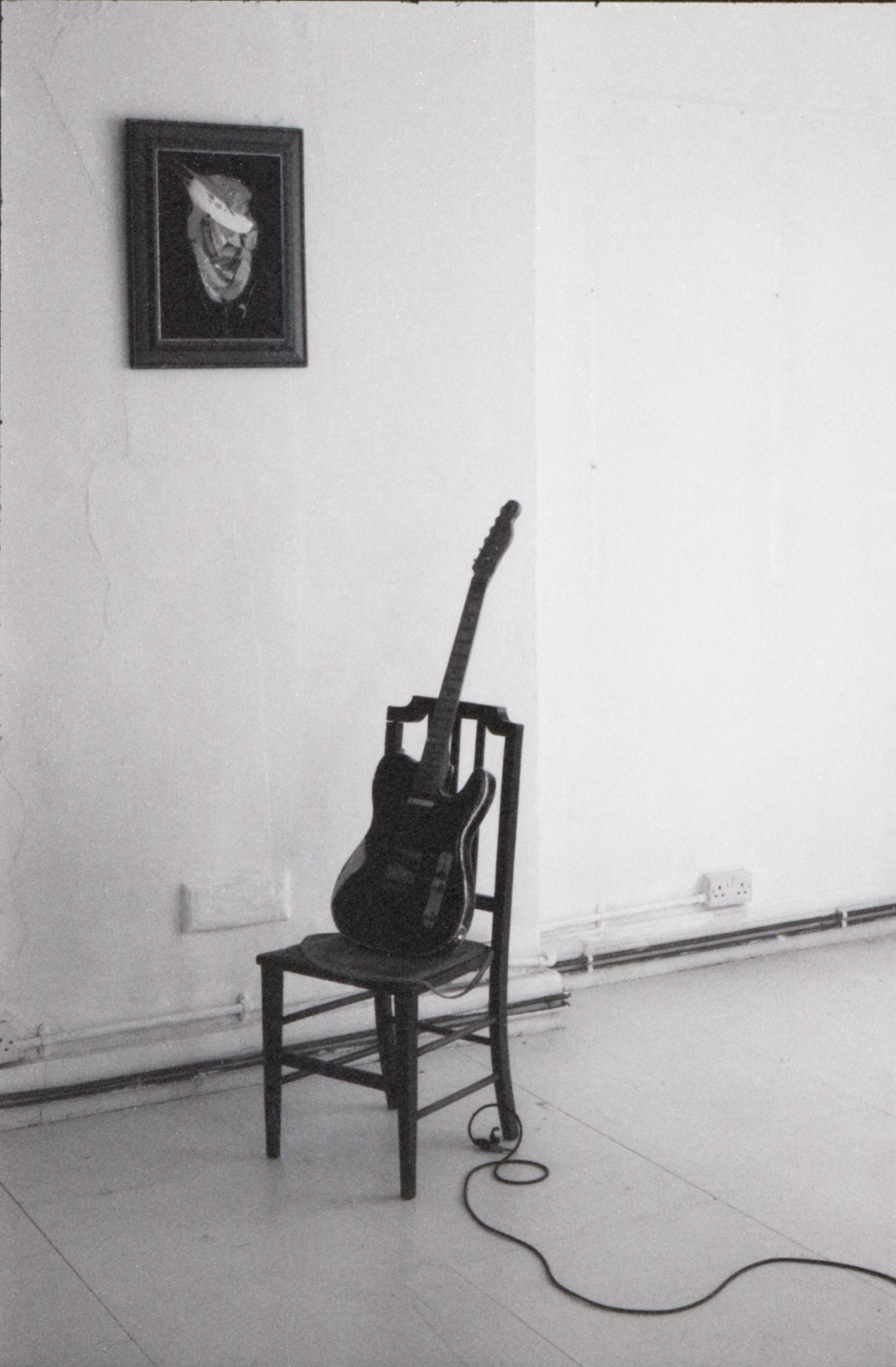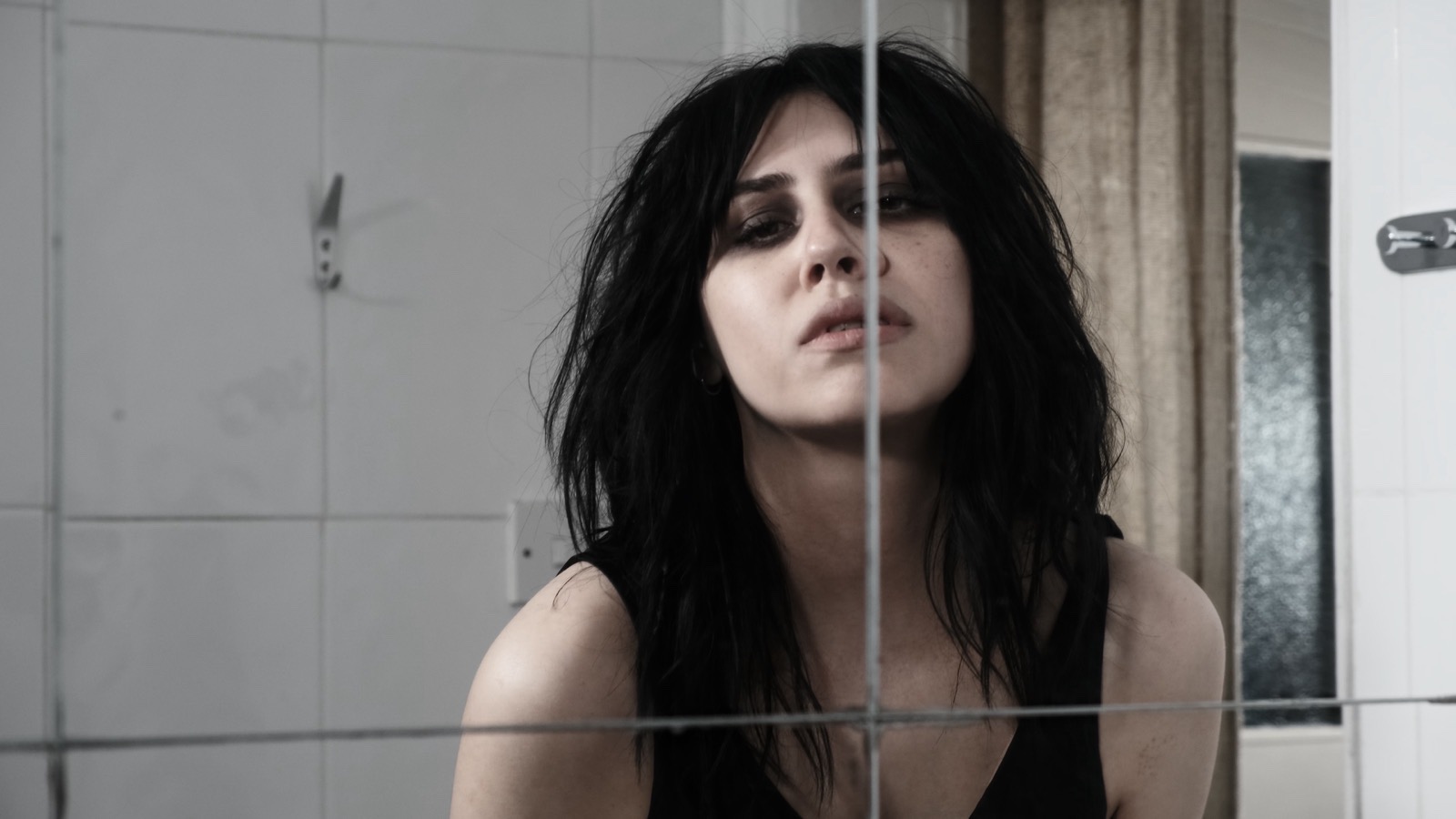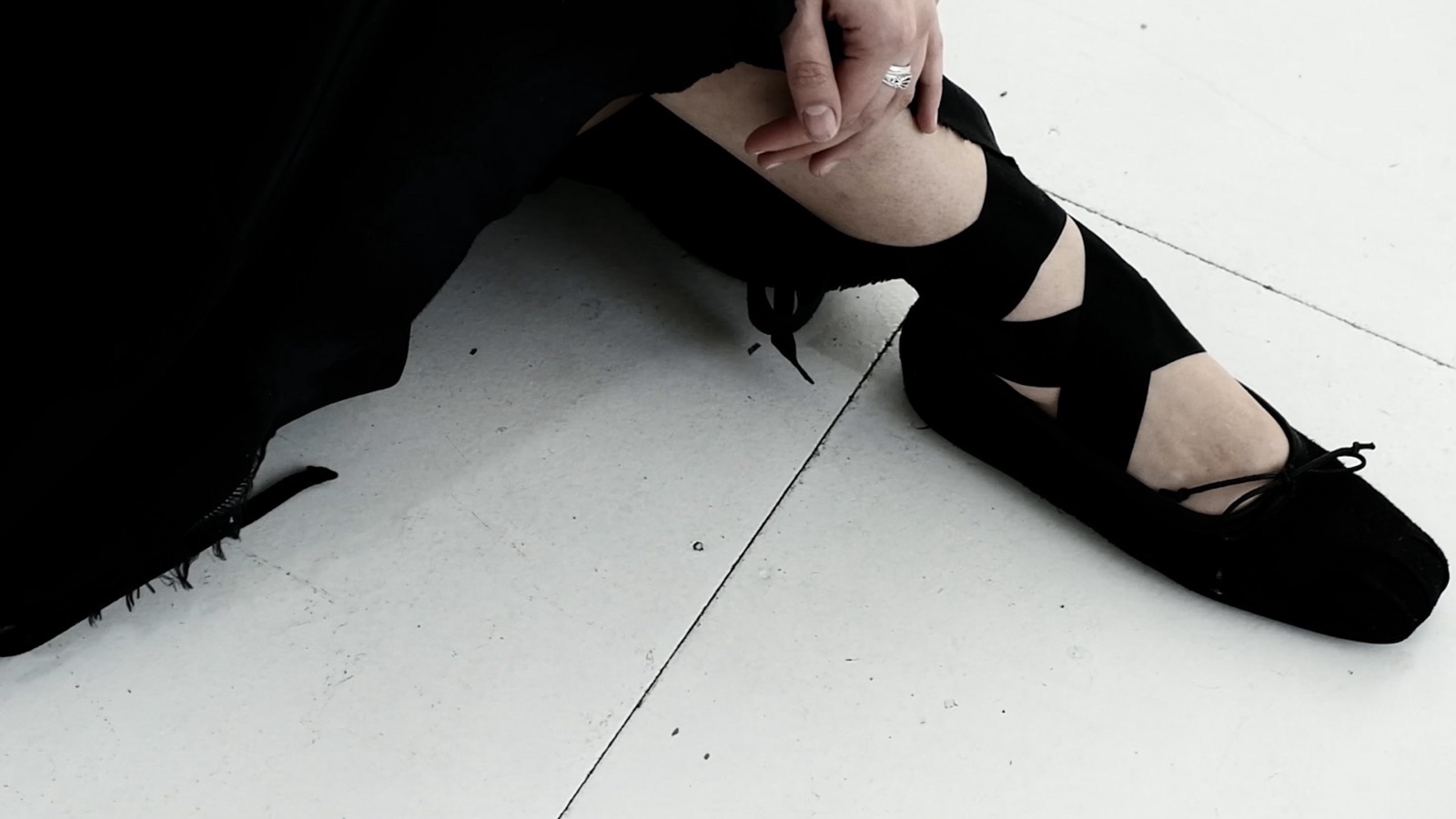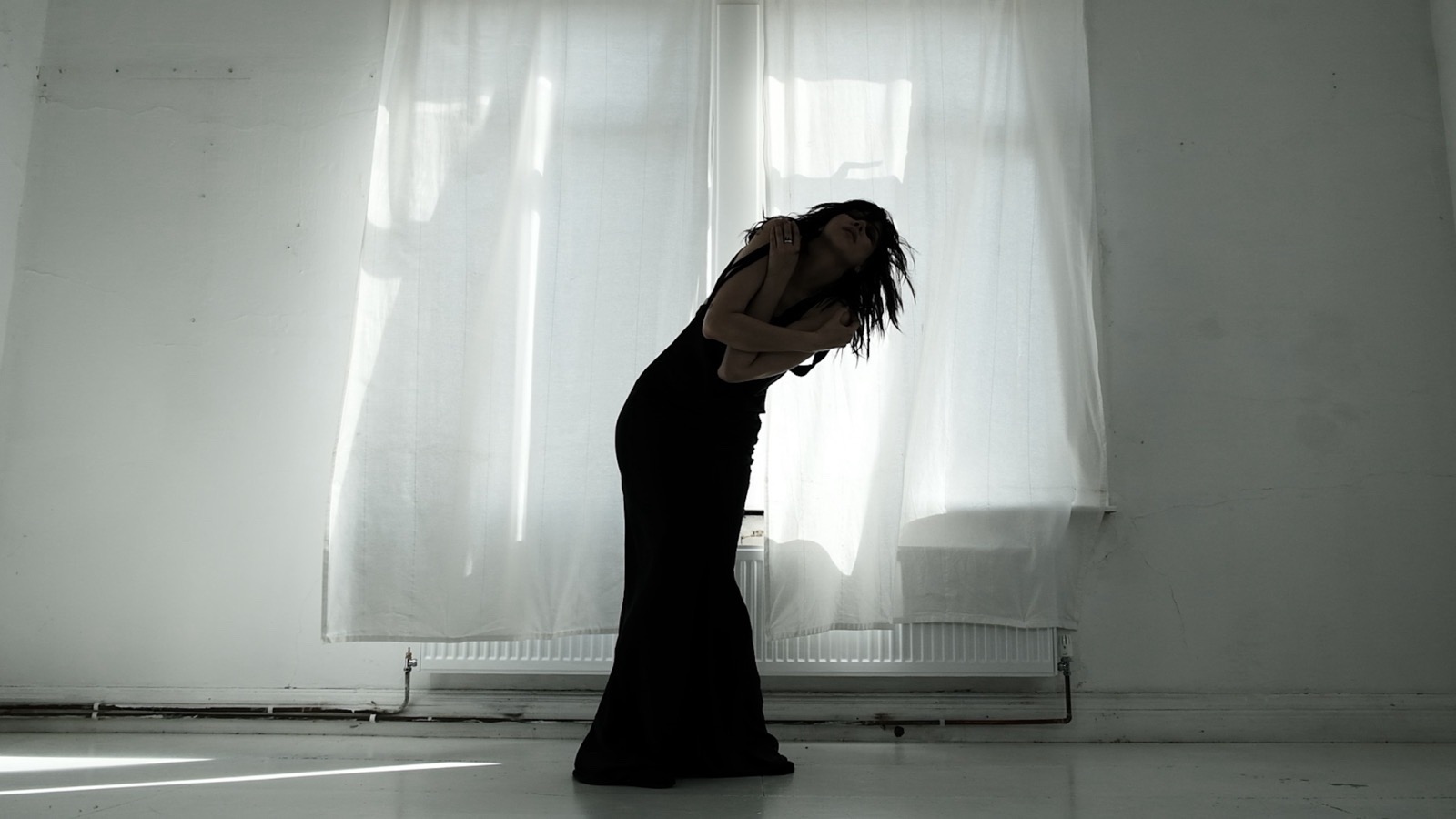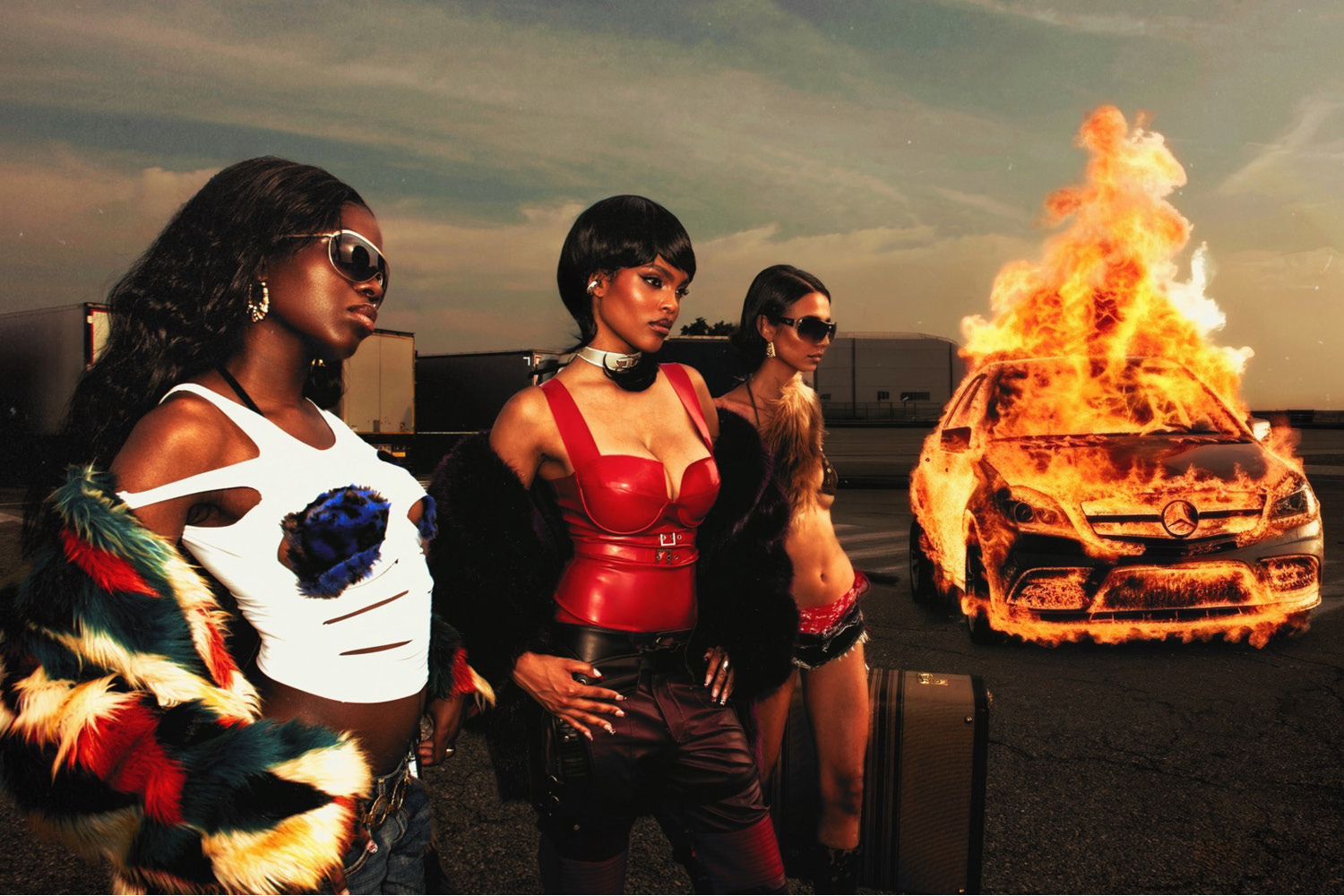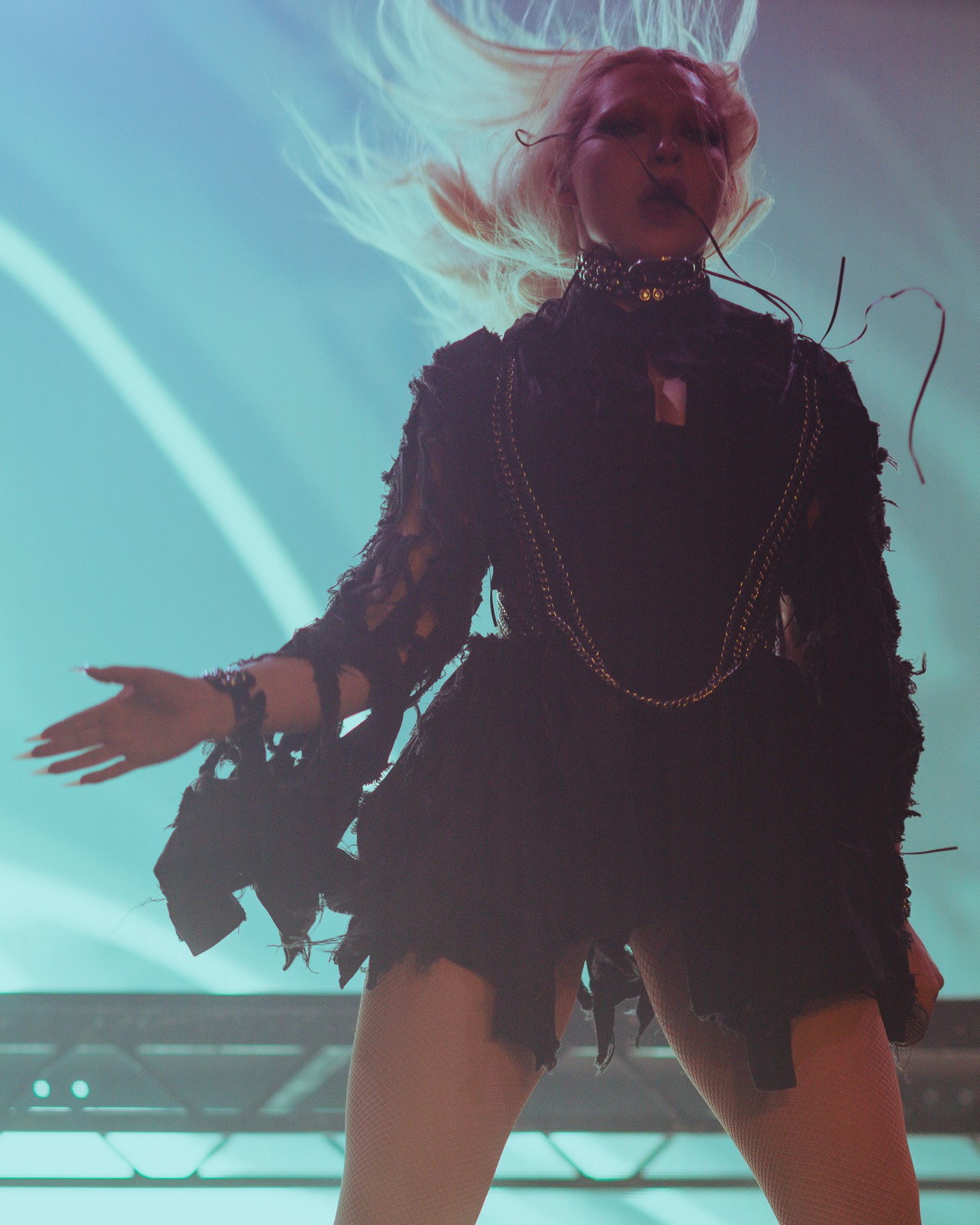Bande À Part is an ecosystem of raw sound, of strings stretched to the point of breaking, vocals bent and twisted into cries carved from an aching body. Teething, their latest release, is a punk rock-inflected coming-of-age ballad and the first glimpse of the upcoming EP Grit. The song will premiere on the occasion of a the single release show at The Old Blue Last on October 2nd. In this interview, we trace the genealogy of the track and music video together with writer, poet and musician Sabina Hellstrom.
In Teething, each instrument seems to descend into desperation, driven by a love that was only an illusion of stability, pushing you to extremes between life and death. I felt a similar pursuit of a sonic climax in Chaos, one of your previous singles. Both can be interpreted as a descent into madness, even if the nature of the madness differs. What has changed for you since Chaos?
They don’t have anything to do with anything that dark. I guess it’s something to do with a journey.. And what has changed? Everything. That song to me (Chaos) was like the birth of the band, no idea how to walk, fresh out of the womb. Which is why I wanted the video to be in black and white. To me it represents some kind of beginning. Chaos was made under a two hour rehearsal and we had a show at the Windmill on the same night and we played it. Some changes were made in the studio but nothing major. Getting to record that organ that’s almost 150 years old now at The Union Chapel you can hear throughout the whole song was incredible. Teething started in a rehearsal, but I went back to it and wrote down the lyrics. We worked on its structure and we played and practiced and I took a long time on the words. I wanted to think about it, its story, lyrically and structurally. With Teething it has its highs and lows but we come back to the beginning, solitude.
The music video for Teething, directed by Angela Ricciardi, juxtaposes the candor of the room with the darkness you embody as you move, tormented, through spaces where love once lived and then was lost. How did you conceive those dramatic shots, and what were the guiding references for the viscerality of movement?
I knew the director had to be Angela when I started thinking about a visual idea for the song, and most of the team on set were women, I wanted a lot of presence of that. The creation of the video itself had to embody the song. We shot it in my old room, and I just performed the song and that was it, we didn’t rehearse it or anything. It was really Angela and me talking. She understood my references and ideas, some of the references used were just her own photography. I had also found this photograph by Juergen Teller of a lone woman in a black dress against a white pillar of an old building. And that was it really. The rest we talked about between us. This music video to me could only have been made by Angela.
Regarding the styling in the video, the contrast between the audacity of the black backless dress and the ribboned velvet ballerinas seems particularly significant, embodying the in-betweenness of youth. Considering the long-standing collaboration between Ricciardi and Ann Demeulemeester, what were the main priorities that shaped the choice of wardrobe?
I never wear dresses. I always wear a suit or something like it. I’m very much for androgyny. I felt I was afraid of it, of being feminine. And this song to me was sitting and being afraid, and a bit on the edge. So I thought let’s face that. “A dress to me embodies delicateness and fragility,” I started to question why? I wanted to step out of my comfort zone and that meant working with someone I trust, it could only be with the Ann team. That was probably one of the first decisions made. I just wanted to unravel a bit for this one. It was more to do with fragility and that teetering on the edge.
Looking ahead, are there any instruments, sounds, or sonic textures that have recently captured your imagination and that you feel will shape the direction of your future work?
I couldn’t listen to music for a while.. a bit of time ago. In fact, the only thing I could stand to listen to was what my friends made. In particular October & The Eyes, Nuha Ruby Ra and Zilcho Hamblin. That’s what captured my imagination and that hasn’t changed. We used to sit and listen to each other’s work together and talk about each aspect of its creation.. that’s what musicians do with most of their time. And Jeanie too. So I would say what makes me get up in the morning regarding the direction of my future work are what my friends, and this generation are going to create, and what I will create alongside them. Hopefully for a very long time. This is the thing, people romanticise death, particularly young deaths, especially people who try to make rock. There is that idealisation which brings, you know, like Elvis and God? I have no interest in that, we are past that now. I think what’s cool is having the ability to speak up, to speak well, understand what it is you’re trying to say and invite that idea to the table. Now whether that’s through music or words or actions is up to you. I think that kind of not caring and fuck everything attitude is very dangerous right now. It leaves us desensitised, uncaring. Instead I want to feel everything, say it well, understand why and only after that can they go fuck themselves. All the good ones are getting older, who’s going to take their place? It’s not going to happen through some Great silence, it’s going to be with a lot of noise, from a lot of people. I saw Massive Attack again this year. The show was a transmission. From them to us. It was relevant.
Finally, since Teething is the first track released ahead of your debut EP, could you give us a glimpse of what to expect from it?
It’s called “Grit.” Each song is a world of its own. That’s all I’m going to say.

